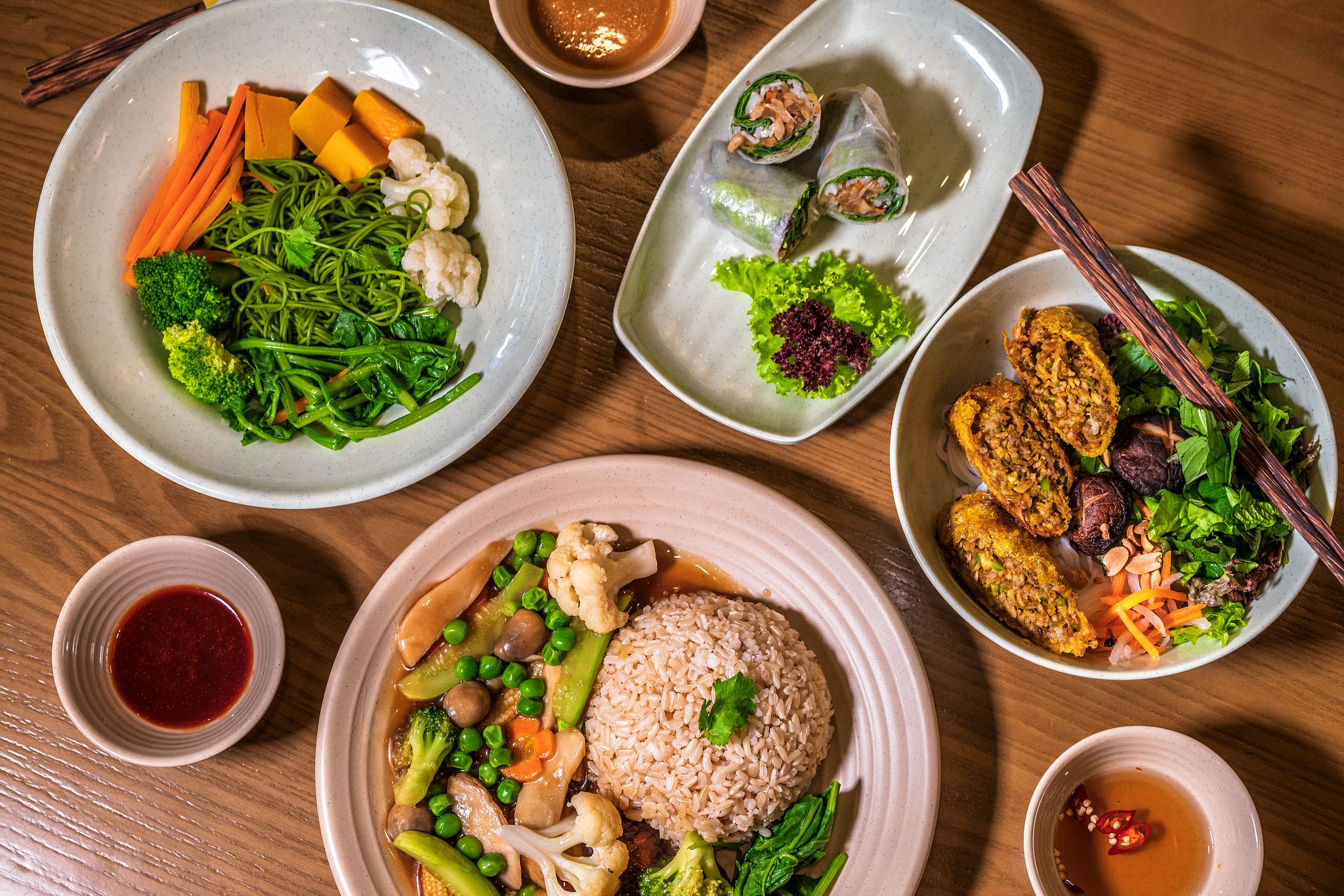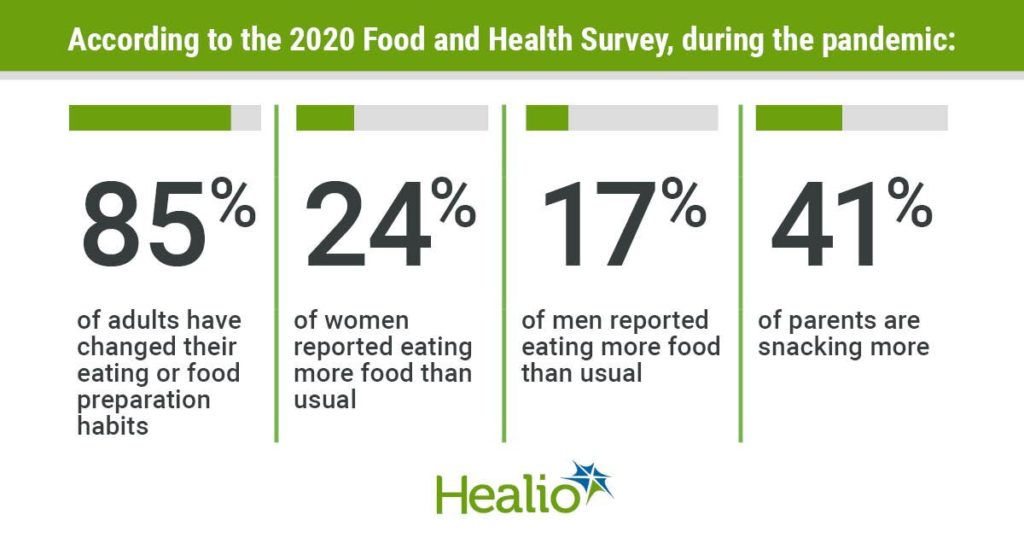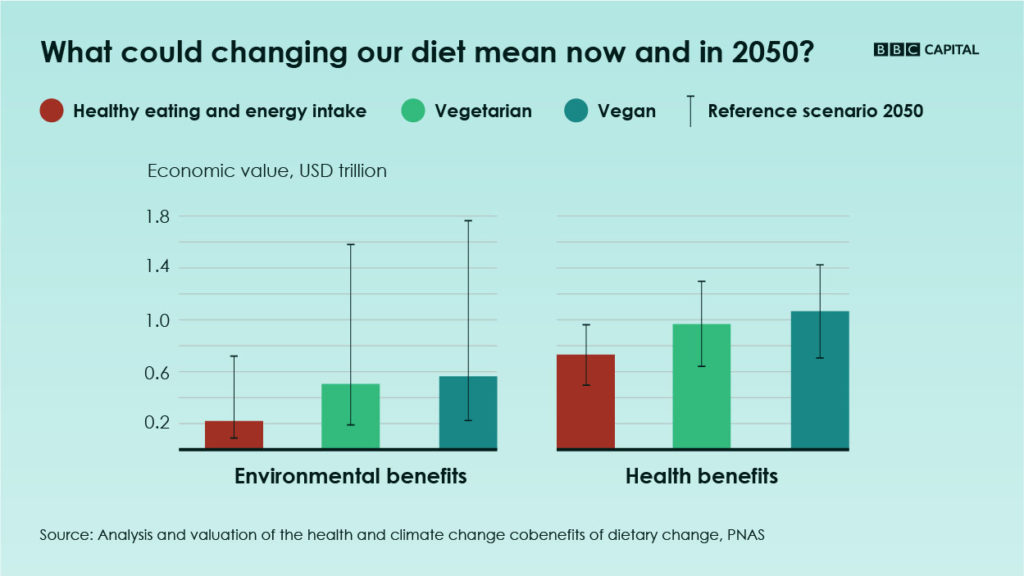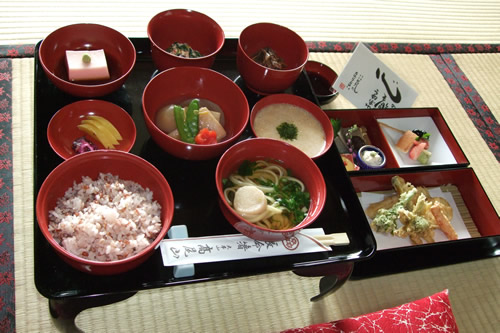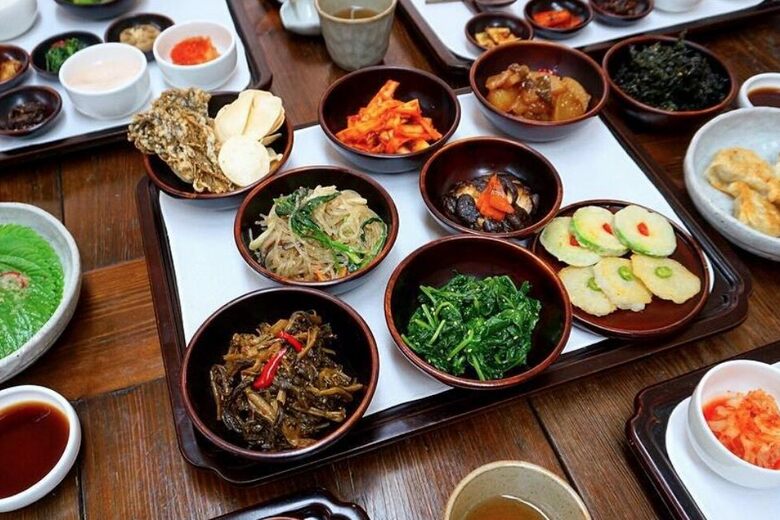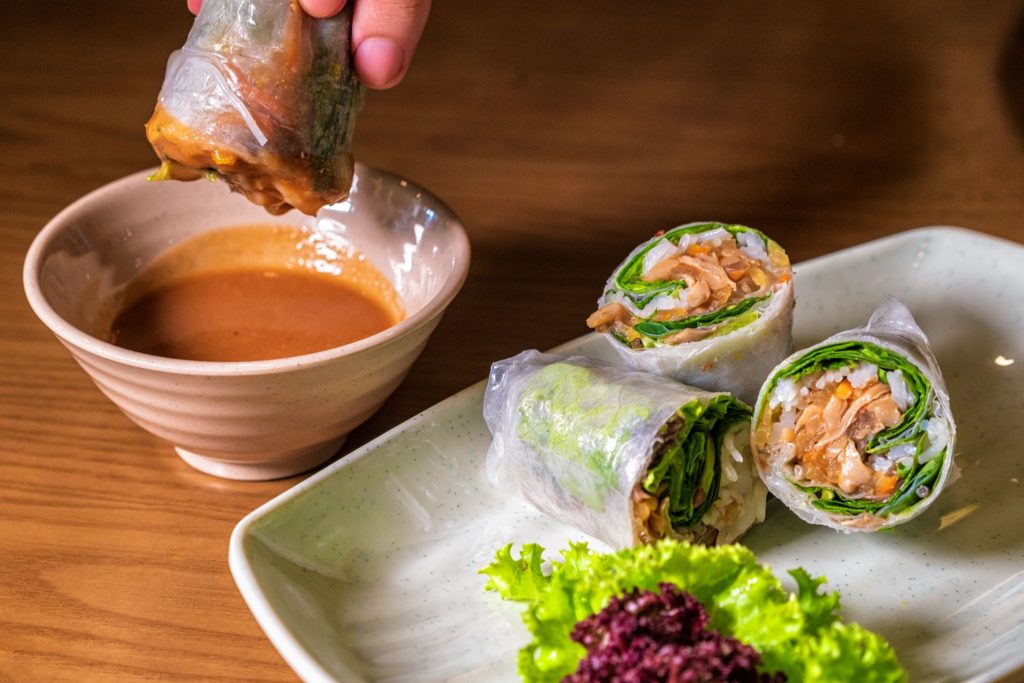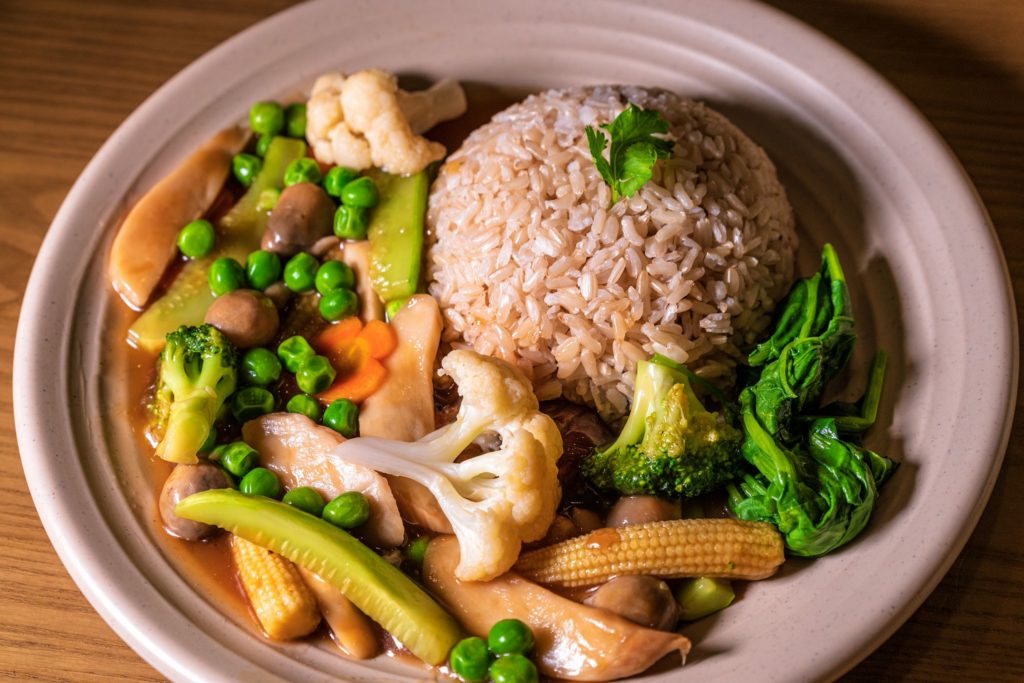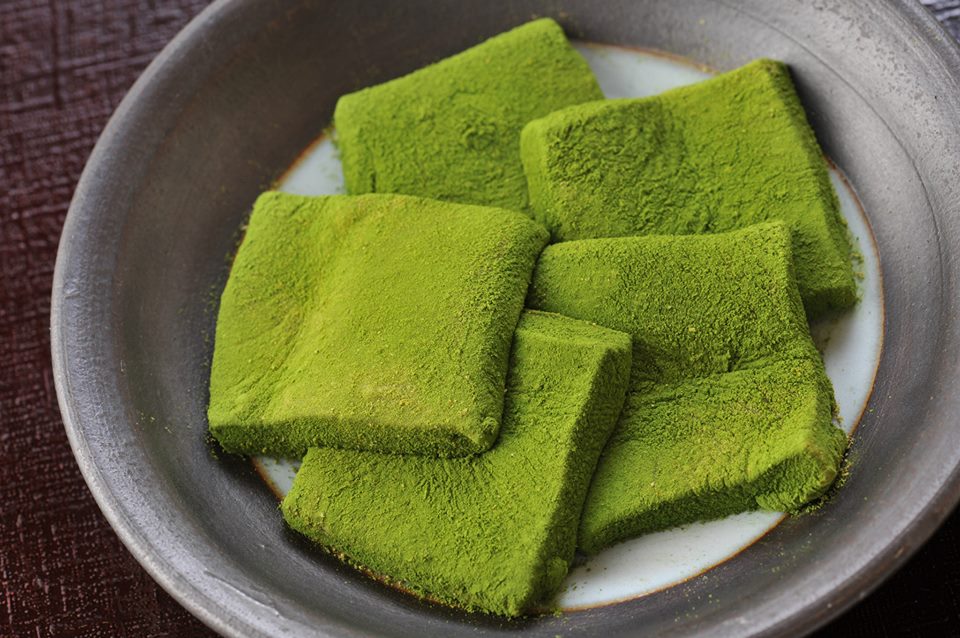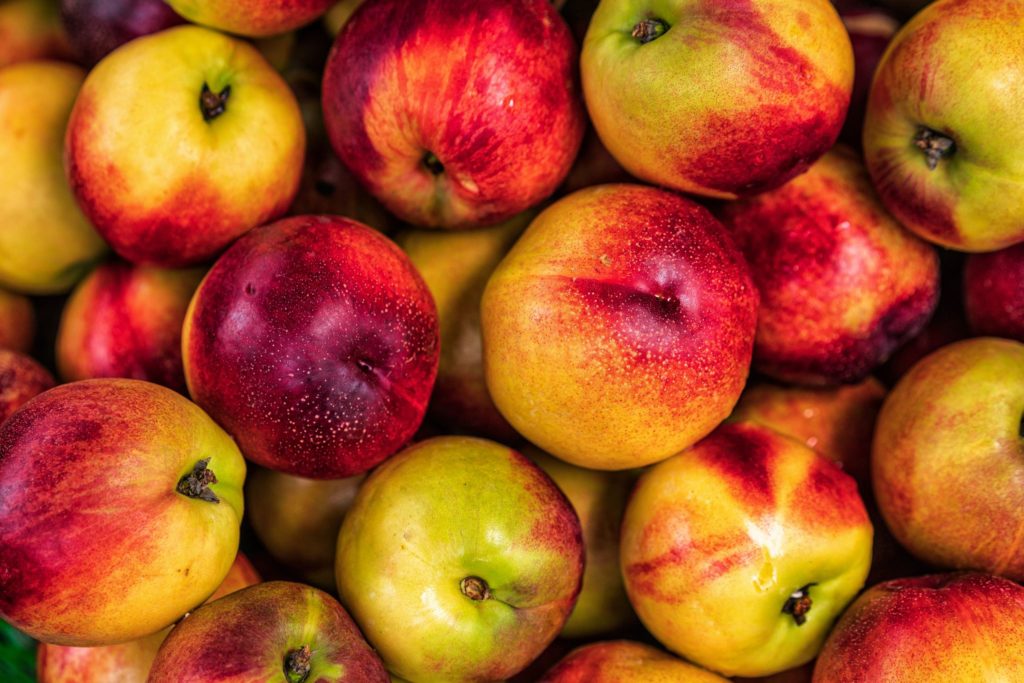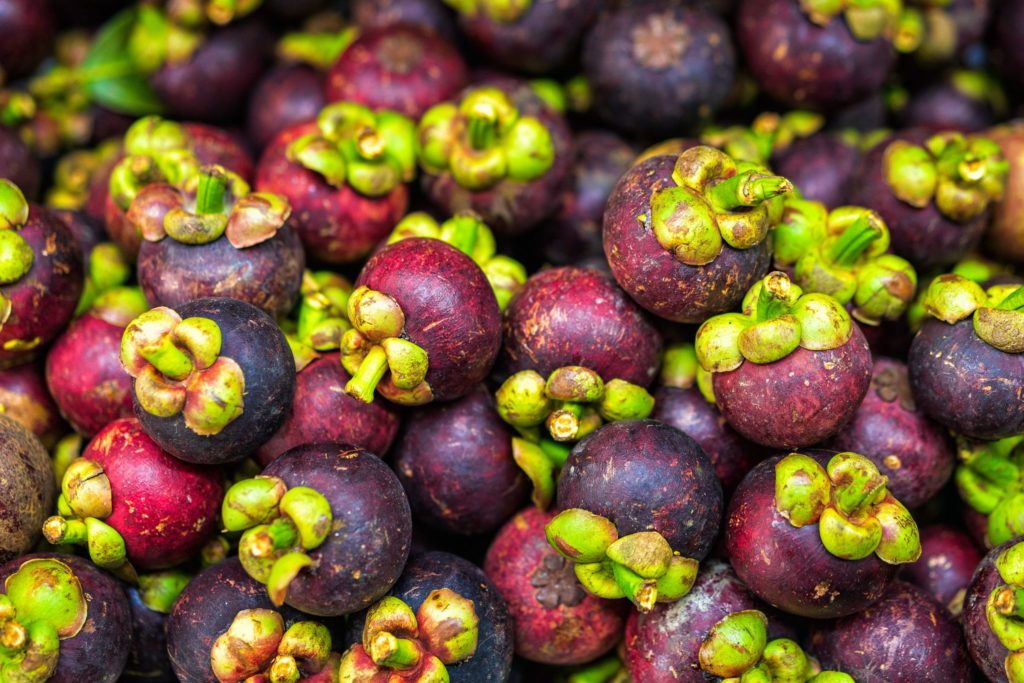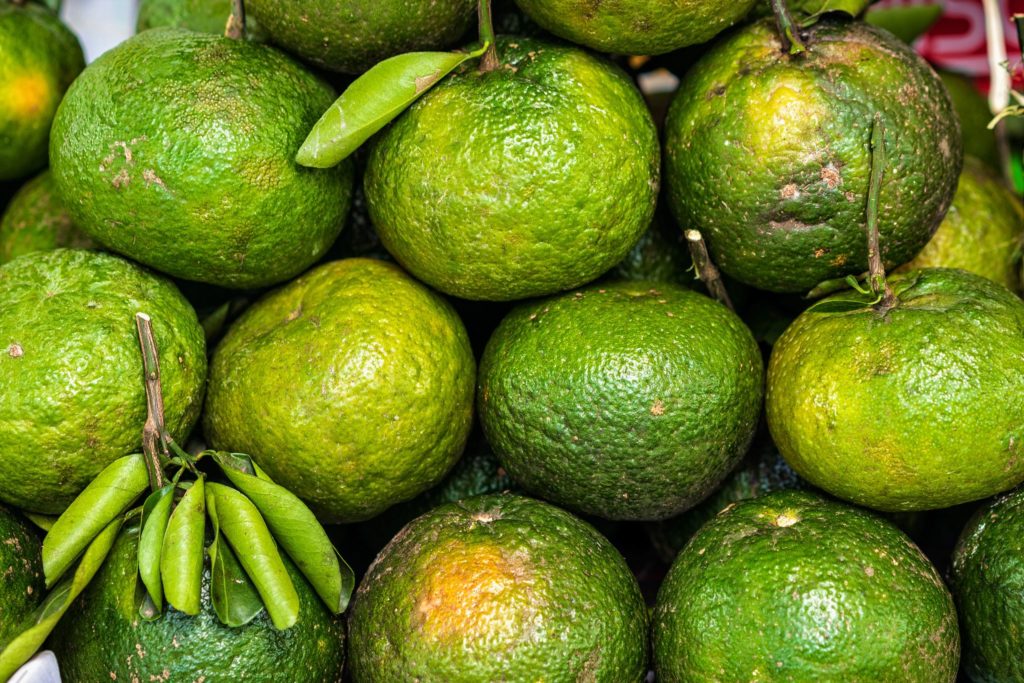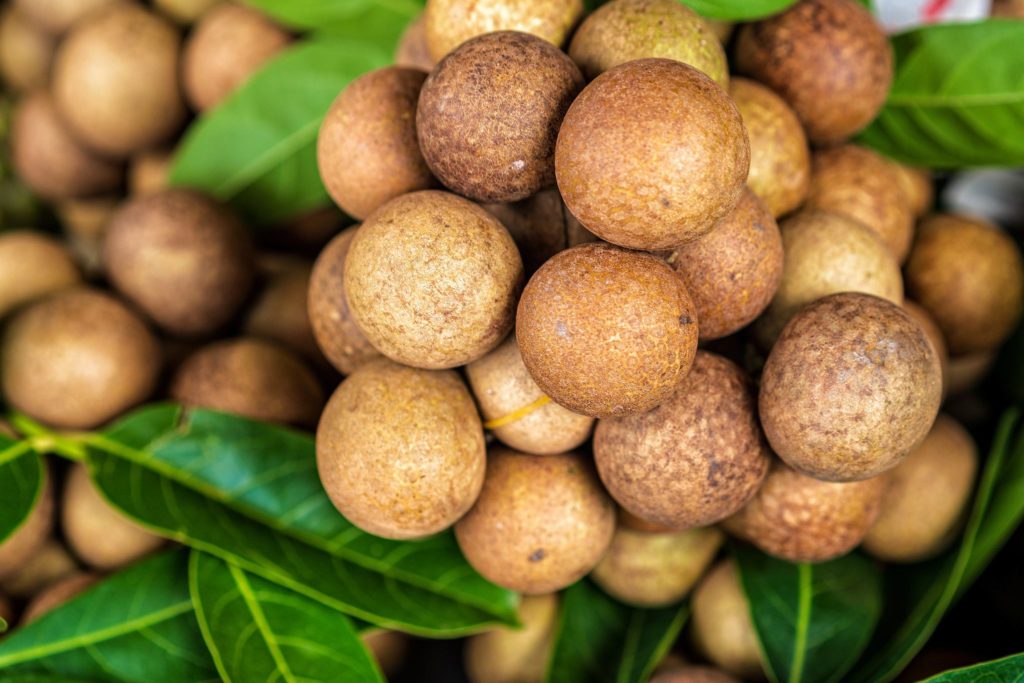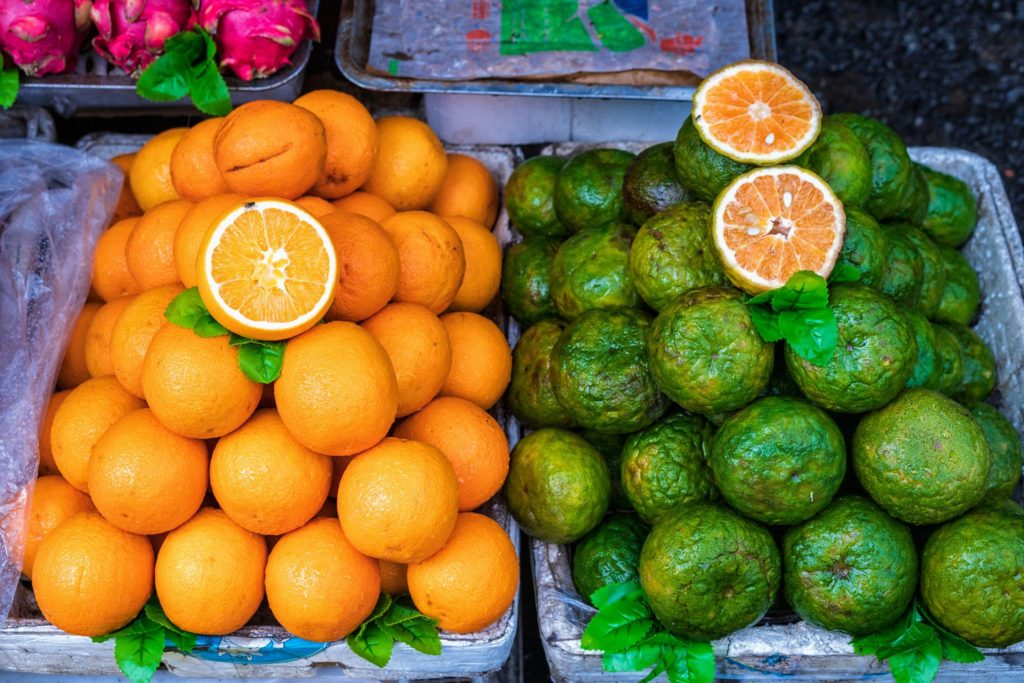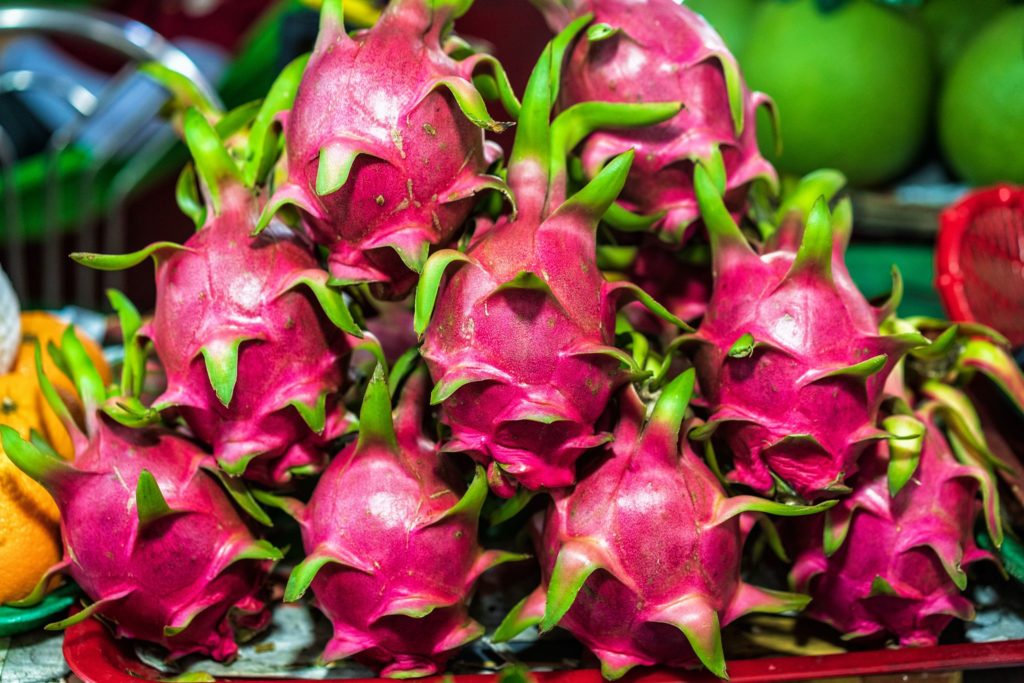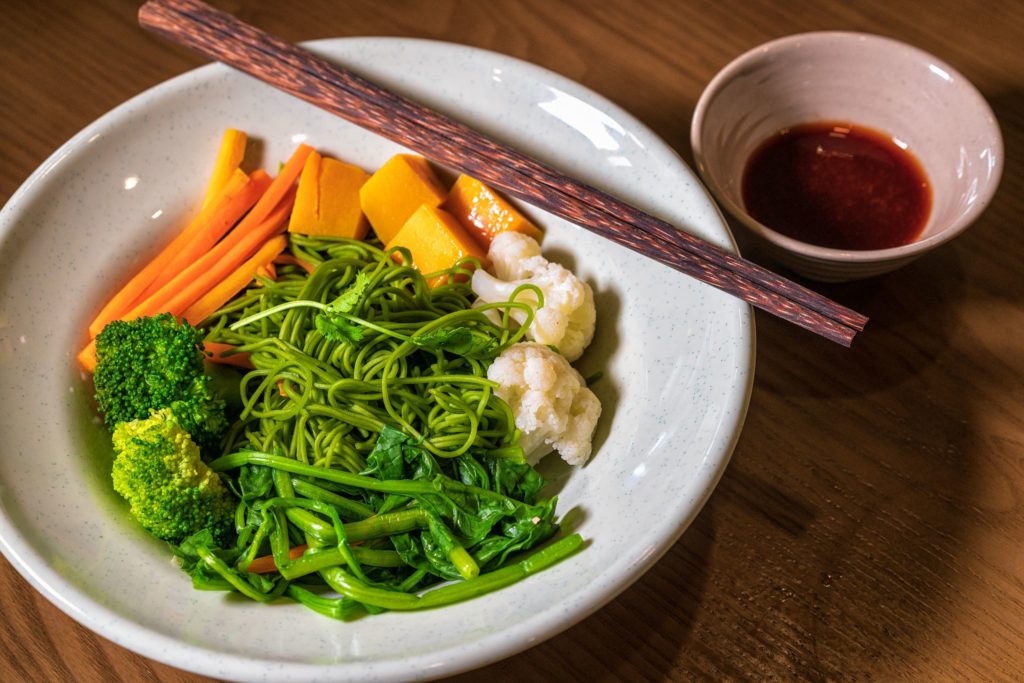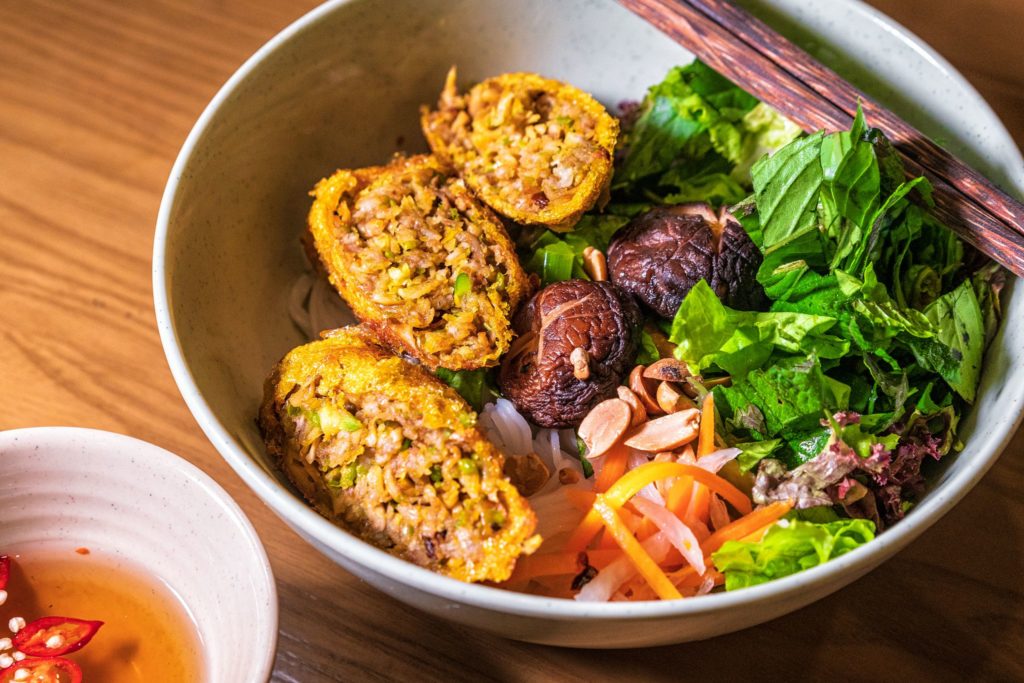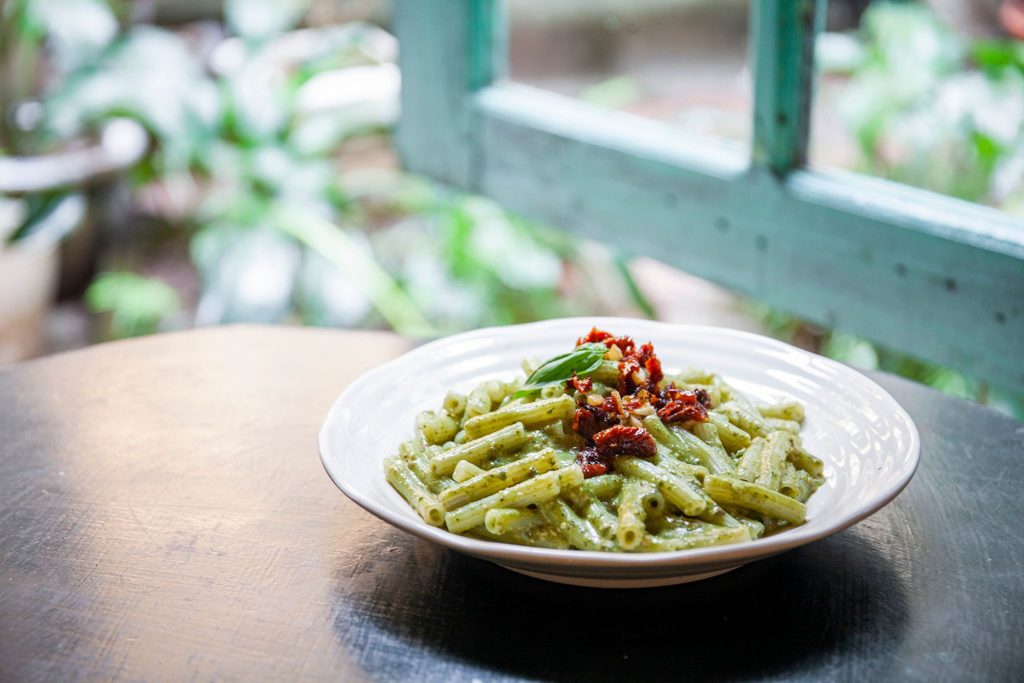In 2019, when the world was not going through a global public health disaster, dining out seemed like the most natural activity in our daily routine. Then came 2020 and 2021. For a moment, it might have seemed like our time together in restaurants and sidewalk cafes would never be the same. As local pandemic measures in many countries have called for sheltering in place and minimizing non-essential trips to curb the spread of the virus, consumers throughout the world report eating in-restaurant less often (63% less on average across 28 countries).
In parallel, there has been a shift to takeout and home delivery of meals. Globally, 23% of consumers report eating takeout and home-delivered meals from locally-owned restaurants more often, and 45% as often as they did before the pandemic.

Between June and July 2020, PubMed, Google Scholar, and Science Direct all conducted research on the subject of people’s eating habits during COVID-19 and found that there is an increase in the number of snacks consumed, in which participants also increased the number and frequency of meals during lockdowns. Although such restrictions are to limit interpersonal contact and therefore transmission, many experts have voiced their concern for the long-lasting effects that lockdown may pose on individuals’ mental and physical health. Lockdown has restricted the number of hours permitted for outdoor physical activity, people’s access to fresh food, and previous research has shown that increased stress, which is likely during a global pandemic, can have a severe impact on an individual’s lifestyle habits. Stress and anxiety have been shown to result in an increased intake of alcohol and sugary foods, and energy imbalance is also likely as energy expenditure during lockdown is reduced.
Both eating habits and physical activity play an important role in our well-being. Some of the health consequences of a lack of physical activity and unhealthy habits are:
- Increased insulin resistance
- Increased total and visceral fat
- Increased production of pro-inflammatory cytokines.
These problems are strongly linked to the development of metabolic disorders and risk factors linked to non-communicable chronic diseases. In normality, all these aspects mentioned are harmful to health, even more so today where it is known that metabolic disorders are important risk factors in face of the SARS Cov-2 virus.
This links us to the main point of this article when we discuss the health benefit of a vegetarian diet, which tends to contain less saturated fat, cholesterol, and more dietary fiber. Vegans have a lower body mass index (BMI), overall better cholesterol levels, and lower blood pressure, which is a major risk factor for heart disease. This is in fact, in contrast with the unhealthy eating habits mentioned above, especially in the midst of a health pandemic, when the state of your body metabolism and strength is much weaker in general due to the change of eating habits and lack of physical activities.
The Introduction Of Vegetarianism: Ideology Clash, Religious Practice, And Benefits
According to the Buddhist vegetarianism practice, when it comes to vegetarianism, followers tend to choose either cyclical vegetarianism or eternal vegetarianism, though the former is often recommended as stepping stones to the latter since Buddhists also acknowledge that not all followers can immediately make that drastic transition from an omnivorous diet to a strictly herbivorous one. Most followers avoid meat two days a month, while there are many other variations of the diet depending on how devout one is and whether it’s compatible with one’s lifestyle. Some go vegetarian for four days, six days, eight days, or ten days a month while a few others opt for one month a year, usually during the first or seventh month of the lunar calendar. According to traditions, food stands and eateries will sell vegetarian food for Buddhist followers for two days every lunar month: the 1st and the 15th day.
The ideological clash between advocates for veganism and their opponents can get deafening sometimes on the internet and also, in real life over the past years. We’ve all seen the memes and pop culture depictions. On one hand, the “Meat is murder” protest took place in New York City, America, and Frankfurt, Germany, organized by PETA (People for the Ethic Treatment of Animals) with disturbing images of “human barbecue” lying almost naked on top of each other. On the other hand, the Matt Stonie inside us who is willing to stuff 20,000 calories worth of wings, Doritos, and pizzas in just under 10 minutes.
But regardless, the number of people currently identifying themselves as vegetarians is still at an astonishingly low record, where estimates find only 8% of the world population doing so. A study conducted by Oxford University and published in the journal Climatic Change shows that meat-eaters are responsible for almost twice as many dietary greenhouse gas emissions per day as vegetarians and about two and a half times as many as vegans. This also means that everyone can help halt climate change just by eating great-tasting plant-based foods. In fact, a study published in New Scientist magazine shows that each person can reduce the number of greenhouse gases that his or her diet contributes to climate change by up to 60 percent just by going vegan.
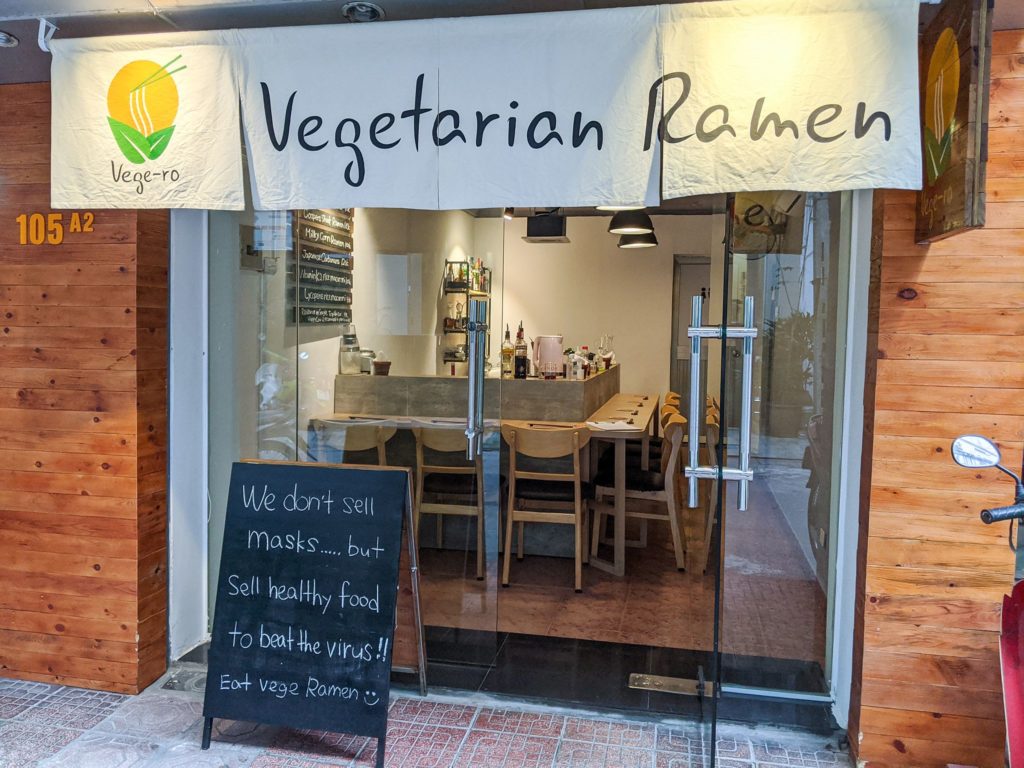
The effectiveness of vegetarianism is undeniable, both to our health and to the health of the planet Earth, but how can we implement this eating habit in our everyday life? And what are some options we have at the moment?
The Refreshing Nutrition Of Tofus And Mushrooms
Long celebrated as a superfood source of powerful nutrients, fresh mushrooms are a healthy addition to your plate. Mushrooms provide many of the same nutritional benefits as vegetables, as well as attributes commonly found in meat, beans, and grains. How many benefits of mushrooms do you ask? Well, we got ourselves a complete list right here!
- Cancer: Scientists at the City of Hope were some of the first to discover that mushrooms could suppress the growth of breast cancer and prostate cancer cells in cell cultures and in animals.
- Antioxidants and Immunity: Mushrooms are the leading source of the antioxidant nutrient selenium in the produce aisle. Antioxidants, like selenium, protect body cells from damage that might lead to chronic diseases and help to strengthen the immune system.
- Weight Management: Mushrooms are hearty and filling. Preliminary research suggests increasing intake of low energy-dense foods (meaning few calories given the volume of food), specifically mushrooms, in place of high energy-dense foods, like lean ground beef, can help with weight management as they promote daily energy by limiting fat intake and leaving you full and satiated after a meal.
- Sodium and Saturated Fat: Mushrooms are fat-free and low in sodium. Mushrooms’ inherent umami counterbalances saltiness and makes way for reduced use of additional salt in recipes.
A key point in creating a delicious and sumptuous vegetarian meal, besides the mushroom itself, is the significant appearance of tofu in vegetarian cooking. Tofu skin, more specifically, turned out to be a vital ingredient when substituting meat. Whether rehydrated or in sausages, its texture and versatility make it a staple. Tofu, which originated in China, is a good source of protein and contains all of the 9 essential amino acids that are vital to living a healthy and balanced lifestyle. It is an excellent source of calcium, iron, and some minerals, such as manganese, selenium, phosphorus, magnesium, copper, zinc, and vitamin B1.
When it comes to meat substitutes, 61% of consumers want them to be naturally formulated. This is down to the fact that they are reducing meat to become healthier and therefore want healthier meat substitute options. And when it comes to flavors, tofu (53%) and mushroom (71%) are the top two flavors that consumers go for when switching to meat alternatives. Ultimately, the two ingredients hold the most important value in vegetarianism, offering to the table not just its unique and frugal taste, but also its undeniable healthy nutrition to our body and lifestyle.
Pandan And Matcha, Asia’s Humble Leaf Set To Take The World By Storm
Tea is one of the most popular beverages consumed worldwide. Tea, from the plant Camellia sinensis, is consumed in different parts of the world as green, black, or Oolong tea. Among all of these, however, the most significant effects on human health have been observed with the consumption of green tea. Green tea is a powder from Japan, which exploded in popularity around the world starting in the late 2010s. The first green tea was exported from India to Japan during the 17th century. It is estimated that about 2.5 million tons of tea leaves are produced each year throughout the world, with 20% produced as green tea, which is mainly consumed in Asia, some parts of North Africa, the United States, and Europe.

The correlation between tea consumption, especially green tea, and human health has long been appreciated. Here is some of its substantial benefit that affects our body:
- Relaxation and mood elevation: L-theanine is an amino acid that can be found in tea and mushrooms. It partially soothes the stimulating effect of caffeine and lowers blood pressure. As a result, and what Newcastle University studies proved, drinking a cup of matcha makes us feel more energized, but also less nervous.
- Effective learning and memory improvement: A research published in the American Journal of Clinical Nutrition shows how matcha tea improves attention and helps us concentrate on a task. People who within 1.5 hours had drunk 2 or 3 cups of green tea achieved better results in the learning practice than consumers treated with a placebo drink. Thanks to its stimulating effect, green tea boosts creative thinking.
- Concentration and reduced response time: In 2017, some Dutch researchers assessed how the consumption of matcha and matcha-containing products influences our cognitive functions. Each participant had to consume one of the four test products: matcha tea, matcha tea bar (4 g matcha tea powder per item), placebo tea, or placebo bar. Then the participants performed a set of cognitive tests to assess their attention, data processing abilities, working memory, and episodic memory, which indicate a person’s unique recall of a specific event. Research findings revealed that drinking matcha improved basic attention abilities and psychomotor speed in response to stimuli.
Besides the notorious matcha leaf and tea, Pandan, an aromatic plant native to Southeast Asia, could also have its moment soon in the international spotlight thanks to British chef and food writer Nigella Lawson, who extolled its virtues in an interview last year. Speaking about changing food tastes for this year, Lawson said she thinks that pandan is “going to be the new matcha”.
Pandan is known in English as screwpine, and the leaves are part of the Pandanus amaryllifolius plant. They can either be dried or used fresh and in Southeast Asia, pandan is commonly distilled to the essence and used as an extract. Apart from being used as a flavoring ingredient, the plant is also called upon sometimes as a vehicle for food. According to Viet World Kitchen, the food-related website run by Vietnamese-American chef and author Andrea Nguyen, pandan leaf is also known as a “tree for sticky rice,” as it was used as a tray for steamed rice in decades past.
Across the pond in Indonesia, Malaysia, and the Philippines, pandan is also a staple flavor in local cooking. Pandan is used in Indonesian cookery for both sweet and savory dishes. You can use it to flavor rice, cakes, or desserts. Pandan is not really the main ingredient in itself but mainly considered as a flavoring because of its fragrant smell and taste. In Indonesia, pandan is most commonly used in desserts, or as an essence. One of the most well-known renditions is pandan “pudding,” a mix of agar-agar, palm sugar, and coconut milk. The pandan leaves can be steeped in coconut milk, or pandan essence can be used as well.
One of the easiest and most delicious ways to eat pandan, however, is to try kaya or srikaya, beloved breakfast food and a snack across Indonesia, Malaysia, and Singapore. Kaya is a kind of jam made with coconut milk and beaten eggs and then flavored with the essence of pandan leaves to give it a faintly green hue. The jam is then spread on toast and savored by both schoolchildren and adults alike. And in Thailand, the leaves are used in a famous dish called kai hor bai toei, which translates to “pandan chicken.” Chicken is wrapped in pandan leaves and fried, creating an aromatic pouch that keeps the chicken juicy and flavorful.
An Apple A Day Keeps The Doctor Away
Among the many tasty treats in Asia, treats of the fruity variety are varied, ample, and readily available. When you get into the gratitude mindset, this abundance of nature’s candy is one thing you’ll notice to feel grateful for. You can find fruits artistically piled in markets, kept sliced and chilled on beds of ice in glass cases, as well as dried, pickled, juiced, and blended. Beyond the delights that Asia’s fruits bring to your palate, fruit is also an important aspect of the city’s visual pleasures: the diversity of colors, shapes, and textures adding significant liveliness to the surroundings.
In terms of the benefit of nutrition intake, sufficient intake of fruits has been associated with a reduced risk of chronic diseases and body weight management. The World Health Organisation and Food and Agriculture of the United Nations recommend adults to consume at least five servings of fruits and vegetables per day, excluding starchy vegetables.
“An apple a day keeps the doctor away,” or so the saying goes. Healthcare professionals know that fruit is a highly nutritious, delicious, and convenient addition to any diet. With more than 2,000 varieties of fruit available, each type brings its own unique set of nutrients and benefits to the table. As suggested by professionals, the key is to eat fruits of various colors, as each color provides a different set of healthy nutrients, that way you can have a balanced diet of every nutrition possible, all available on the table.
When it comes to its colonial past, according to historian David Arnold, the idea of tropicality is a western ideology fixated on articulating tropical climate as an inherent characteristic that sets the East apart from the West. Thus, the locations that are deemed tropical need to be civilized. This idea of tropicality goes hand-in-hand with the emergence of botanical science and botanical gardens during this early colonial period. The plants and fruits native to the tropical islands in the East became a subject of interest, which soon gave rise to botanica empiricism, the practice of collecting and studying Asian plant samples.
Europeans were advised to travel to the eastern part of the world to observe and collect materials to build and enrich the western wealth of knowledge on Asian botany. These observations were documented in travelogues and botanical illustrations. According to Syed Hussein Alatas’s The Myth of the Lazy Native, when European colonialism entered the region, it destroyed the indigenous trading class in the Philippines, Java, and Malaya. Peach, mango, and pineapple are examples of colonial commodities that were gathered and sold back home for great profit.
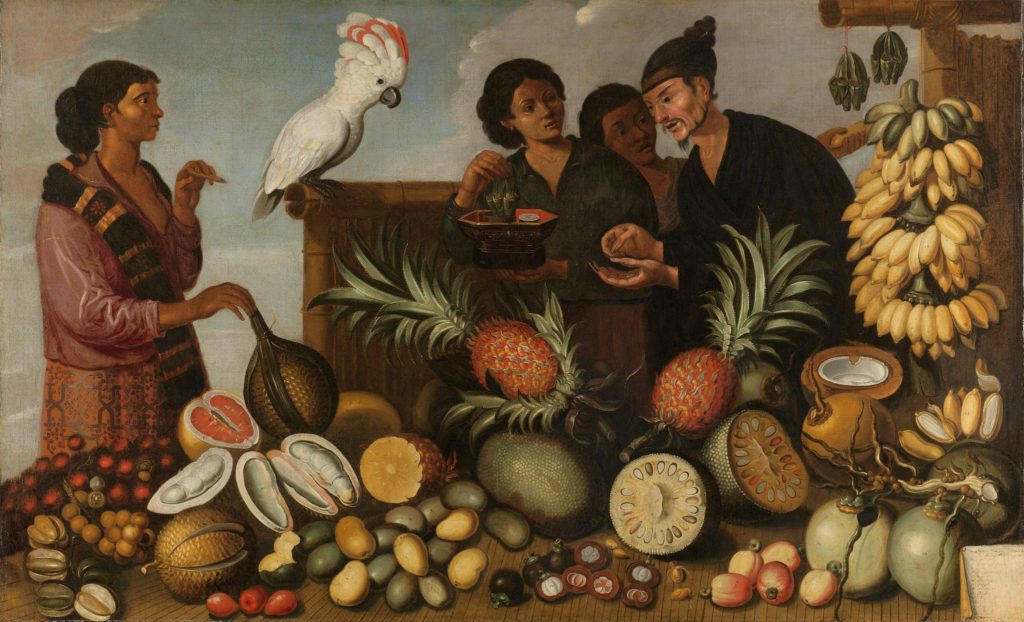
But besides its dark history, Asian fruit is still able to rise to the top and become one of the most beloved food ventures anywhere in the world. According to FreshPlaza, fruit exports and imports from Southeast Asia have almost doubled in the last 10 years. During this period, China alone imported 6.83 million tons of fruits and exported $7.16 billion worth of fruits, which makes it the number one fruit exporter in the world.
Mindfulness At The Table, Mindfulness In The Kitchen
Not only does Buddhist doctrine forbid meat-eating out of compassion, but they also believe that whatever you ingest has an influence on your mind. Many people choose the vegetarian or even vegan lifestyle in order to be healthier or even be a better person, some think that eating meat causes pain and suffering and thus should be avoided at all costs. But regardless of the choice and answer to the question of whether or not you should become a vegetarian, the significant benefits of implementing vegetables and fruits into our daily life eating habits is well-established.
Cooking with vegetables also gives you an extraordinary feeling of completeness and deep respect for ingredients. This is something we are less likely to experience picking up packaged, frozen, or canned veggies at the supermarket down the street. Cooking fresh vegetables helps us appreciate the value of food, and develop a reverence for nature.
The body is your temple. Keep it pure and clean for the soul to reside in.
B.K.S. Iyengar
“Nothing will benefit human health and increase the chances for survival of life on Earth as much as the evolution to a vegetarian diet.” as said by Albert Einstein, who was a major proponent of vegetarianism, though he didn’t adopt the lifestyle voluntarily (doctors prescribed a meat-free diet for his digestive problems). This National Eat Your Vegetable Day, which is celebrated on June 17, if veggies aren’t your favorite food already, this is a great time to give them a try. And even though they won’t turn you into a genius, they can set you on a path of smarter eating and less carbon footprint.
Disclaimer
The opinions expressed in this publication are those of the author. They do not purport to reflect the opinions or views of IVolunteer International.
IVolunteer International is a 501(c)3 tech-nonprofit registered in the United States with operations worldwide. Using a location-based mobile application, we mobilize volunteers to take action in their local communities. Our vision is creating 7-billion volunteers. We are an internationally recognized nonprofit organization and is also a Civil Society Associated with the United Nations Department of Global Communications. Visit our profiles on Guidestar, Greatnonprofits, and FastForward.
